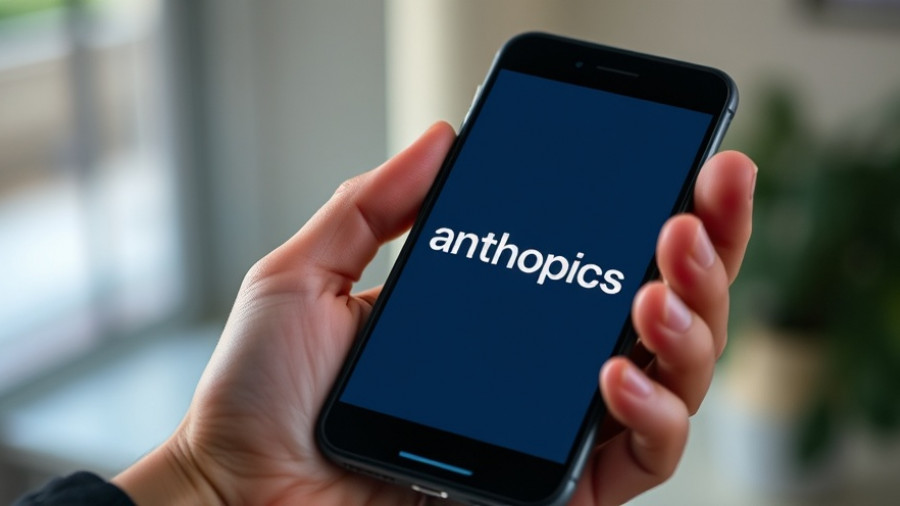
Understanding the ‘Workslop’ Phenomenon in AI
In today's fast-paced technological environment, the promise of AI often collides with the harsh reality of what is termed "workslop." This term refers to AI-generated content that appears polished but lacks substance, ultimately harming productivity across various sectors. A recent study sheds light on how this phenomenon is not just a minor inconvenience but a significant hurdle for organizations adopting generative AI tools.
The Rise of Workslop: A Costly Warning
According to research, over 40% of U.S. desk workers have encountered workslop in the past month. When AI tools are utilized incorrectly, the outcome is less than ideal—pieces that appear coherent but require extensive revision. One striking statistic reveals that employees spend nearly two hours rectifying each instance of workslop, costing firms approximately $186 per worker per month. This waste translates into millions of dollars in losses for companies, indicating a critical need for revisiting how AI is integrated into workflows.
Beyond Productivity: The Ripples of Trust Damage
But the repercussions of workslop extend beyond mere financial detriment. The research shows that colleagues who send or receive workslop carry a changed perception of one another. About half of employees view those who deliver poor-quality AI-generated content as less creative, capable, or trustworthy than before. In an age where creativity and collaboration are paramount for career advancement, this deterioration in interpersonal trust is a liability many cannot afford.
Real Stories Illustrating Workslop’s Impact
Real-world parallels paint a vivid picture of workslop's detrimental influence. A marketing director may receive a starkly generic report, while a finance manager might deal with contradictory proposals filled with jargon but void of actionable insights. These scenarios emphasize that the problem is not merely theoretical; it affects daily operations and strategies within organizations. The common refrain of "I had to clarify this several times" highlights the chaos workslop introduces.
Navigating Solutions: How Organizations Can Combat Workslop
So, how can organizations address and mitigate the effects of AI-generated workslop? Experts suggest several proactive strategies:
- li>Implement AI Literacy Training: Educating employees on the effective use of AI tools will not only enhance productivity but also help in discerning when AI can genuinely add value versus when it complicates tasks unnecessarily.
- Establish Guidelines: Creating clear standards regarding the acceptable use of AI-generated content can safeguard against the rampant transmission of workslop.
- Encourage Thoughtful AI Usage: Management must model appropriate use of AI tools, prioritizing quality over speed to reinforce good practices across teams.
Actionable Insights for Employees
For employees navigating their careers with the help of AI, ensuring integrity in output is paramount. Here are a few actionable steps:
- Enhance Your AI Knowledge: Understanding the limitations and capabilities of AI tools will lead to more effective application.
- Edit Before Sharing: Always refine AI-generated content to ensure it meets professional standards before releasing it to colleagues.
- Advocate for Quality: If you receive workslop, communicate your concerns. Building a culture of high expectations can lead to improved quality across the board.
Looking Ahead: Harnessing AI Without the Slop
The truth is, AI is not inherently at fault for the workslop issue. The problem stems from how it is used more than the technology itself. As generative AI continues to evolve, the ability of organizations and individuals to utilize this powerful tool effectively will determine whether they reap benefits or find themselves engulfed in workslop. A deliberate approach focusing on quality will help in leveraging AI technologies to enhance productivity rather than erode it.
In conclusion, addressing the workslop phenomenon requires commitment from both organizations and employees to prioritize genuine contributions over superficial outputs. With thoughtful strategies and disciplined application of AI tools, we can work smarter—and not drown in workslop.
 Add Row
Add Row  Add
Add 




Write A Comment